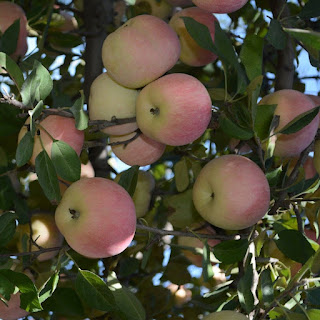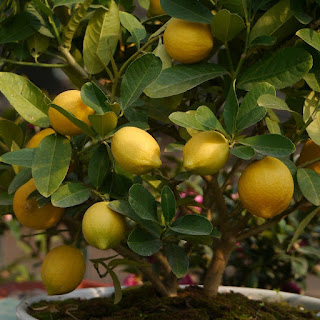Jimson weed ( Dhatora )

Jamsonweed a Species of Thorneapple Common Name: Dhatora Manit Sacrid Datura Thorneapple Angeltrumpet Botanical Name: Datura wrightii Name Story: Western jimson weed: it is sometimes called "western Jimson weed" because of its similar appearance to Datura stramonium, the true jimson weed. Nightshade: In clear weather, flowers bloom in the morning and evening and close during the heat of the day depending on the water availability. In cloudy weather, they may bloom earlier and longer. Therefore, it is called the nightshade. Symbolism: Hex breaking, Sleep, Protection Scientific classification: Genus: Datura - Thornapples, Devil's weeds, Devil's trumpets, Jimsonweeds, Hell's bells, Moonflowers Family: Solanaceae - Nightshade, Solanaceous plants, Potato Order: Solanales - Nightshades, bindweeds, gooseweeds, and allies Class: Magnoliopsida - Dicotyledons, Dicots, Eudicots Phylum: Tracheophyta - Vascular plants, Seed plants, Ferns, Tracheophytes. Information: Jimsonw...








